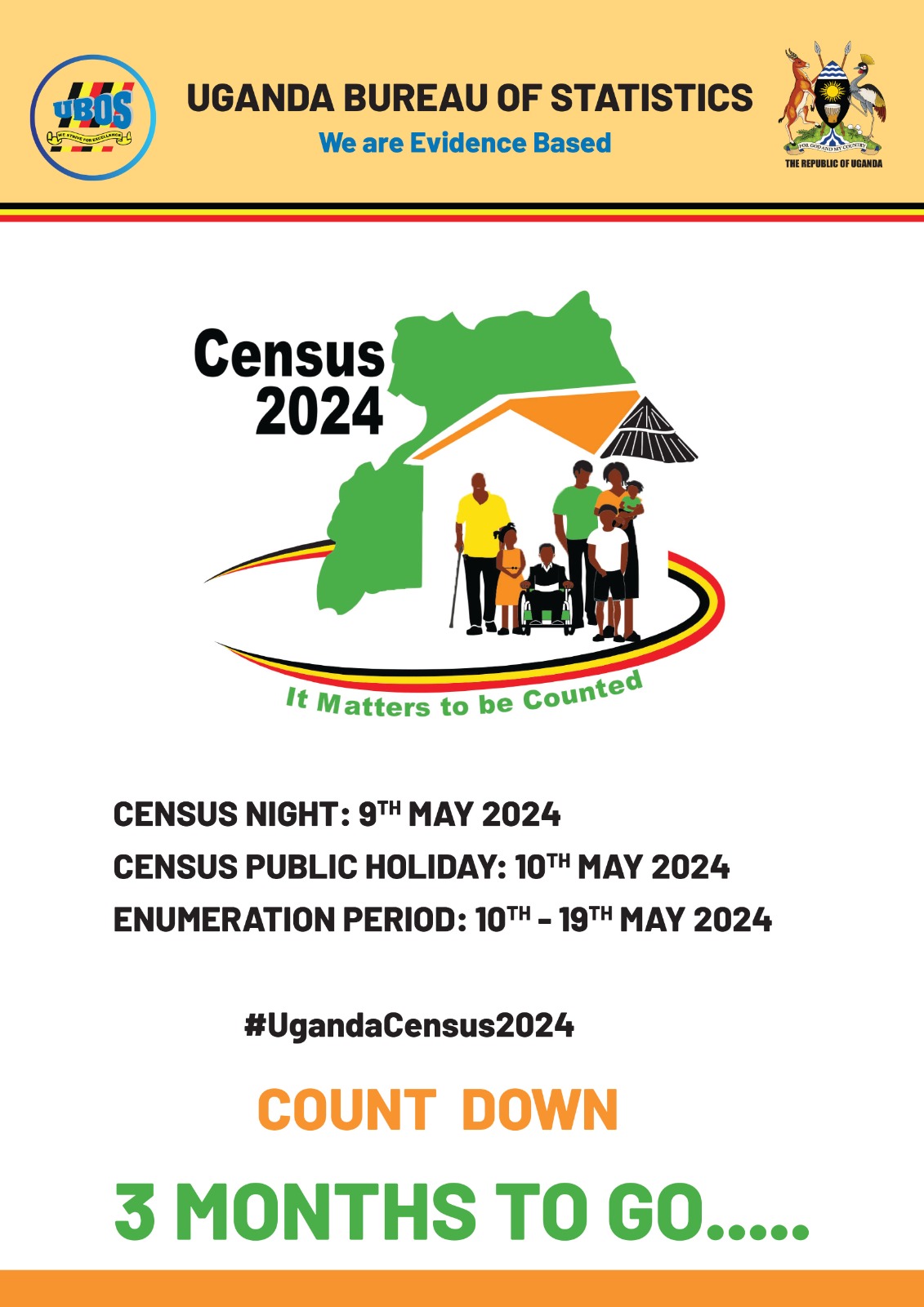
Michael Atingi-Ego, Deputy Governor of Bank of Uganda (PHOTO/Courtesy)
The Bank of Uganda (BoU), Uganda’s central bank, on Monday left the Central Bank Rate (CBR) at 10 percent for the second time, saying it is still effective to control the rise in inflation, bring stability in lending rate, exchange rate and drive economic growth.
The BoU in its monetary policy statement for February said based on the uncertainty surrounding the economic outlook, the current CBR would contain domestic demand pressures, while accommodating and supporting economic recovery.
BoU Deputy Governor Michael Atingi-Ego, while presenting the statement, said the bank will continuously review the monetary policy stance against new information and stands ready to respond appropriately to ensure that inflation is brought back sustainably to the 5 percent medium-term target.
Uganda’s annual headline inflation increased to 10.4 percent in January 2023 from 10.2 percent registered in December 2022, and annual core inflation increased from 8.4 percent in December 2022 to 9 percent in January 2023, according to the BoU figures.
“Inflation is expected to continue declining in the months ahead due to lower energy prices, improved global supply chains, exchange rate stability supported by tight monetary conditions, and moderate demand pressures due to tight monetary and fiscal policies,” the statement said.
Atingi-Ego said the inflation outlook is surrounded by some risks saying the upside risks include: the impact of international financial conditions on the shilling exchange rate, slower adjustment in domestic demand due to tight monetary and fiscal policies.
The other factors include, higher food crop prices due to unfavorable weather, faster global economic recovery and a possible increase in global energy prices, and a resurgence of supply chain distortions due to heightened geopolitical tensions.
The statement said the downside risks to the inflation include, bumper food crop harvest due to good weather, lower than expected global growth due to high interest rates, faster decline in international commodity prices and lower domestic demand due to declining real incomes.







